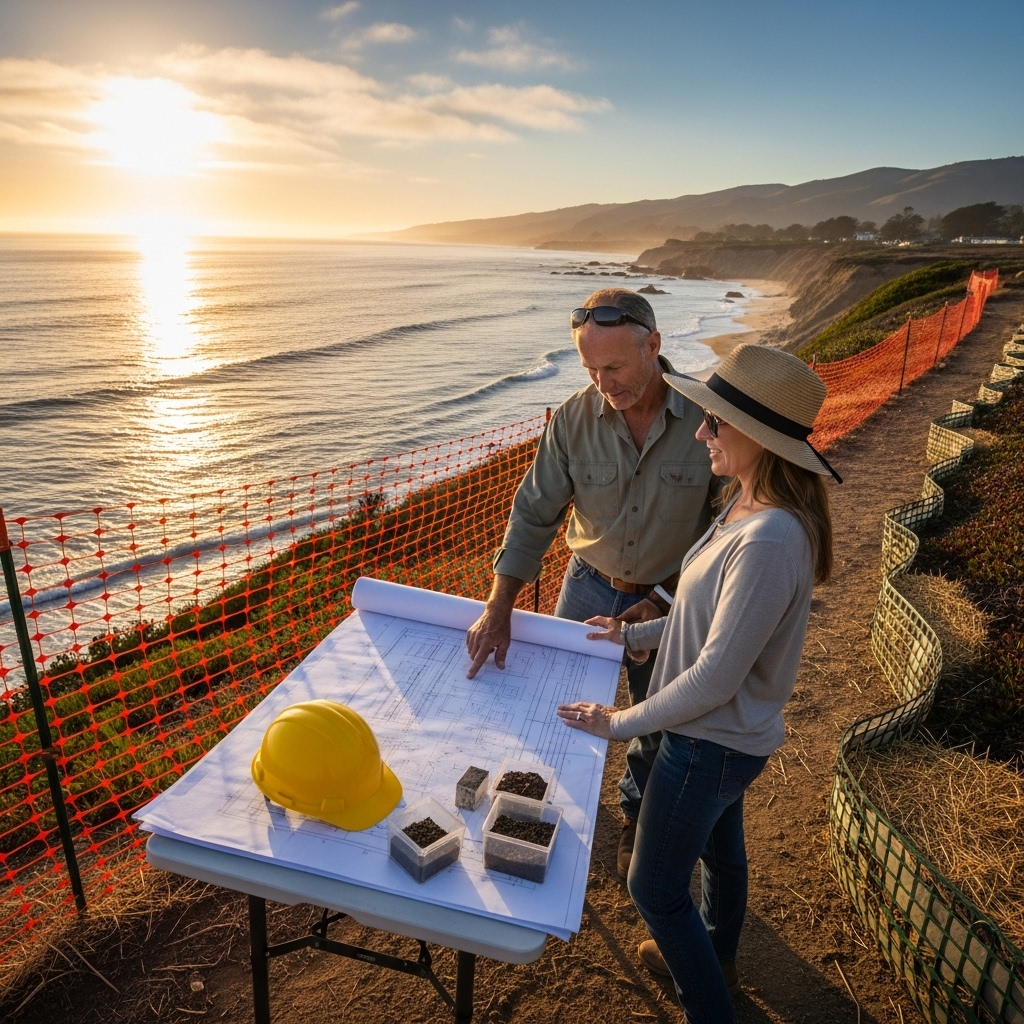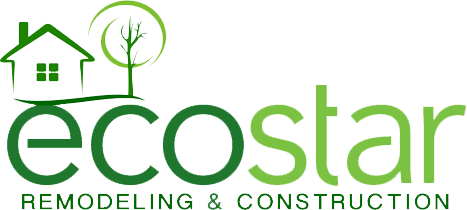
Standing on a bluff in Pacific Palisades, the ocean breeze feels like an invitation and a warning at the same time. It is beautiful, yes, but it is also demanding, and anyone who has ever renovated or built a home here understands that this setting does not reward guesswork. The terrain is varied, the microclimates can change within a mile, and the regulations reflect the region’s sensitivity to fire, seismic activity, and coastal protection. In this context, partnering with experienced home builders is less about convenience and more about safeguarding your vision, your timeline, and, ultimately, your peace of mind.
When neighbors talk about construction in the Palisades, you quickly hear how vital local expertise becomes the moment a design leaves the page and meets the land. A lot that appears straightforward from the street can conceal complex soils, hidden utility easements, or drainage patterns shaped by canyon winds and seasonal storms. Skilled builders who work here every day learn to anticipate those nuances, and they carry that foresight into early planning. That means accurate feasibility assessments, candid conversations about siting, and thoughtful coordination with geotechnical engineers so your foundation is matched to the realities of the hillside rather than an idealized plan.
Permitting is another dimension where seasoned guidance pays dividends. While every homeowner arrives at the process eager to start, the path runs through multiple agencies and reviews, especially when you’re near the coast, adjacent to parkland, or sitting on a slope. Professional builders bring current knowledge of Los Angeles municipal requirements and state-level overlays, including the California Coastal Act as applicable. They understand submittal sequences, common reviewer notes, and how to structure documentation so the application moves forward with minimal back-and-forth. More importantly, they coordinate with architects and consultants to avoid costly redesigns after a round of comments.
Excellent builders also choreograph the rhythm of a project. Construction in the Palisades is rarely A to B; it’s A to C, back to B, then on to D after a weather check. A builder with a deep bench of trades, strong relationships with inspectors, and a firm grip on material lead times can keep the schedule resilient despite the bumps that inevitably appear. That coordination extends from the macro—such as sequencing rough utilities before seasonal rains—to the micro—like protecting window openings from wind-driven salt spray so hardware remains smooth years down the line.
The coastal environment shapes not only how a home is built, but what it’s built with. Local builders are attuned to the corrosive potential of marine air, the way moisture behaves in morning fog, and how afternoon sun can stress certain finishes. They will be ready with material strategies like stainless or coated fasteners, appropriate flashing details, vapor-open yet water-tight assemblies, and robust exterior coatings that hold up between maintenance cycles. When a builder specifies these details proactively, you benefit twice: first in durability, and again in the satisfaction of living with fewer concerns and surprises.
There is a design benefit too. Palisades architecture often seeks a balance between openness to views and privacy from the street or neighbors. This is not a contradiction; it’s a design challenge that skilled builders translate into reality through precise framing, carefully located glazing, and smart shading. A good builder becomes a design ally, preserving delicate sightlines while ensuring shear walls and structural frames still meet seismic requirements. They help fine-tune door systems so they glide even when the marine layer rolls in, and they guide the combination of natural materials—wood, stone, plaster—so the textures feel coastal without succumbing to coastal wear.
Energy performance enters the conversation early as well. A house set high above the water can welcome breezes, but it also needs a high-performance envelope to avoid the thermal swings that create discomfort. Veteran builders know how to deliver airtightness without trapping moisture, how to insulate rim joists and roof assemblies for both thermal and acoustic performance, and how to coordinate with mechanical contractors so ventilation is balanced and healthy. They are conversant with Title 24 requirements and the commissioning steps that ensure the house performs in practice, not just on paper.
One of the underappreciated benefits of hiring a home builder with deep local context is project stewardship in the neighborhood itself. Access roads can be narrow; parking is limited; and staging needs to be respectful. Builders who build here regularly understand how to maintain goodwill through signage, daily cleanup, and logistics that minimize impacts. They handle deliveries to avoid peak traffic to schools or parks, and they set expectations with neighbors, which often translates into fewer interruptions and smoother inspections.
If you are renovating an existing home rather than building new, the right builder becomes even more essential. Palisades homes can range from mid-century gems to more recent Mediterranean or contemporary constructions, and each era brings its own quirks. Tying new structure into old, marrying contemporary glazing systems to legacy framing, or integrating modern mechanicals into compact chases—all of this requires a delicate touch. Experienced teams understand how to open walls surgically, protect original features, and reinforce where needed without overbuilding.
Safety and resilience deserve special attention in a community bordered by canyons and coastline. Builders with local expertise are fluent in wildfire hardening strategies, from ember-resistant vents to non-combustible claddings and defensible landscape coordination. They know how to reconcile a home’s aesthetic with practical measures that reduce risk. Likewise, seismic considerations are not just an engineering checkbox; they are a craft issue too. The layout of hold-downs, the quality of nailing patterns, and the precision of anchor bolt placement are all details that separate a code-minimum structure from one that handles real-world forces gracefully.
Another benefit is communication. Building or remodeling a home is filled with decision points, some obvious, some hidden. A seasoned builder creates a clear channel for those decisions, using mockups, site meetings, and scheduled reviews so you can see and touch options before they are locked in. They document changes carefully so downstream trades are aligned, and they keep an eye on how one choice echoes through the project—because a faucet selection affects rough-in locations, which affects tile layout, which affects cabinetry dimensions. Good builders manage these cascades so you don’t have to.
In the Palisades, indoor-outdoor living is more than an aspiration, and the details that make it effortless are best executed by teams familiar with our climate. That might mean integrating flush sills at pocketing doors without compromising water management, building decks that age well while resisting coastal moisture, or creating sheltered outdoor rooms that capture sunsets without channeling wind. Builders versed in these conditions know how to pitch surfaces, specify membranes, and shield assemblies so your outdoor spaces are as comfortable as your living room.
Please don’t underestimate the value of aftercare. The relationship with a strong home builder doesn’t end when you receive the keys. The best teams deliver thorough documentation, maintenance schedules, and clear pathways for future adjustments. Over time, salt air will ask for a new coat of finish on exterior wood, and roof drains will need seasonal attention. A builder who sets you up for stewardship from day one saves you time and protects your investment.
Midway through a project is often when owners most appreciate the builder’s orchestration. Rough trades are moving quickly; inspections are frequent; and countless small choices come to a head. Having a trusted point of contact who can interpret what is happening, explain why a particular framing adjustment matters, and forecast the next three weeks is invaluable. It’s also the moment when clients realize how deeply connected the work is—from soils and structure to finishes and furnishings—and why a cohesive team led by experienced home builders keeps everything aligned.
Another topic that matters in Pacific Palisades is sustainability. Local builders are adept at practical steps that reduce environmental impact while improving comfort. They embrace air sealing, high-performance windows, heat pump systems, and balanced ventilation that keeps indoor air fresh even on days when outdoor conditions feel heavy. They coordinate shading, daylighting, and smart controls so the house remains comfortable with minimal energy use. Materials selection is handled with care, favoring durable, low-emission products that perform in a marine environment.
Noise is an environmental factor too. Canyon winds can carry sounds, and proximity to busy corridors varies from block to block. Builders help manage acoustics with correct wall assemblies, targeted insulation, and attention to door and window specifications. They tune mechanical systems for quiet operation, placing equipment and ducts thoughtfully so bedrooms remain serene. The result is a home that supports rest and focus even on lively weekends.
For families renovating while living nearby or on site, logistics is a quality-of-life issue. Builders who understand school schedules, parking pressures, and the need for clean job sites treat those matters as priorities, not afterthoughts. They schedule noisy work thoughtfully, maintain containment to control dust, and use temporary walls, filters, and pathways to keep occupied spaces safe and comfortable.
Landscape integration is the finishing touch that elevates a Palisades home. Builders who coordinate early with landscape architects ensure site drainage, irrigation rough-ins, and lighting infrastructure are set before surfaces are finalized. They protect root zones during construction, collaborate on retaining walls and steps that feel native to the hillside, and deliver transitions between interior and exterior materials that look intentional rather than stitched together at the end.
Finally, there is the intangible benefit of confidence. Knowing your builder has navigated this terrain, these agencies, and these environmental conditions allows you to enjoy the process. You can focus on the moments that make building fun—choosing finishes, walking the site at golden hour, imagining gatherings on the patio—because you trust the foundation, framing, and hidden layers are being handled by people who care as much as you do.
What makes local expertise so important in Pacific Palisades?
Local expertise translates to fewer unknowns. Builders familiar with the Palisades understand hillside soils, coastal exposure, and wildfire considerations, as well as the cadence of permitting and inspections. Their experience means problems are anticipated and solved in preconstruction rather than discovered during demolition or after framing, which makes the project smoother and the finished home more durable.
How do builders manage the coastal environment’s impact on materials?
Builders mitigate corrosion and moisture challenges with specification and detailing. That includes stainless or specially coated hardware, careful flashing at openings, breathable yet water-shedding wall assemblies, and exterior finishes suited to marine air. They also plan maintenance cycles and provide guidance so owners can keep the building envelope performing year after year.
What role does a builder play in permitting and inspections?
A builder coordinates submittals, responds to comments, schedules inspections, and ensures work is staged to pass each review without delay. They work closely with the architect, structural engineer, and consultants, aligning documentation and site conditions so inspections are straightforward and the project stays on track.
Can a builder help balance views, privacy, and structure?
Yes. Builders collaborate during design and framing to preserve sightlines while meeting seismic and wind requirements. They fine-tune window and door placements, support slender frames with strategic shear walls or moment frames, and recommend shading strategies that reduce glare without closing the home to the landscape.
How do builders support energy performance and indoor air quality?
They deliver tight, well-insulated envelopes, specify high-performance windows and doors, and coordinate mechanical ventilation for fresh, filtered air. They also help integrate shading, zoning, and smart controls so the house stays comfortable and efficient throughout seasonal changes common to the coastal hills.
What should I expect after the build is complete?
Expect a handoff that includes documentation, warranties, and maintenance guidance tailored to coastal conditions. The best builders remain available for tune-ups, seasonal check-ins, and future improvements, ensuring your home continues to perform and age gracefully.
If you’re ready to build or renovate in Pacific Palisades, connect with a team that knows the land, the climate, and the community. Start a conversation with trusted home builders and take the first step toward a home that feels effortlessly at ease in its surroundings.

